ANTIOCH, Calif. — Bay Area Rapid Transit’s new 10-mile Antioch extension, the transit agency’s first route to use trains other than the familiar third-rail-powered cars, will open Saturday, May 26.
The extension will use eight diesel multiple unit cars, built by the Swiss firm Stadler, which each accommodate up to 200 passengers — 104 seated and 96 standing. That’s about twice the capacity of the “legacy” BART cars, the first of which went into service in 1972.
The line from BART’s Pittsburg/Bay Point station to Antioch, known as eBART, is entirely within the median of State Highway 4. Choosing diesel trains kept the extension price tag to $525 million, less than half the cost of extending the third-rail-equipped tracks, BART spokesman Jim Allison said.
This allowed an extension to Antioch much sooner than would have been the case with the extension of the electrified system. That was important, said former Antioch mayor Joel Keller, given the daily bumper-to-bumper traffic in and out of Antioch and other Contra Costa Cities every day.
“We’d still be chasing money and not building anything,” said Keller, a member of the BART board of directors who worked for more than 20 years to bring BART to Antioch.
The new Antioch Extension DMUs burn fuel made from hydrogenated vegetable oil. They have a top speed of 75 mph, but will generally keep to 60 mph — much faster than Highway 4 traffic during a typical commute, despite a road-widening project that has been underway for eight years. They also are standard gauge, while the rest of the BART system is 5-foot, 6-inch gauge.
“Nothing about the BART-to- Antioch DMU technology precludes the construction of conventional BART service in the future” on the extension, BART’s Allison said.
Construction of the eBART line began in Spring 2011, as part of a Highway 4 widening project. Testing of the cars and tracks has been going on for several weeks. The system was unveiled to the public Friday with a series of free rides.
The Antioch extension’s opening comes during a period of major growth for BART. The 5.4-mile Fremont-Warm Springs extension opened in 2017, and work is supposed to begin soon on a 10-mile line from Warm Springs to San Jose. BART directors on May 24 voted not to pursue a 5.5-mile extension from eastward from the Dublin-Pleasanton station to Livermore, at least for now.
DMUs were one of five options considered for the Livermore project, but they did not offer enough savings to compensate for higher right-of-way acquisition costs needed on that line, BART spokeswoman Alicia Trost said.





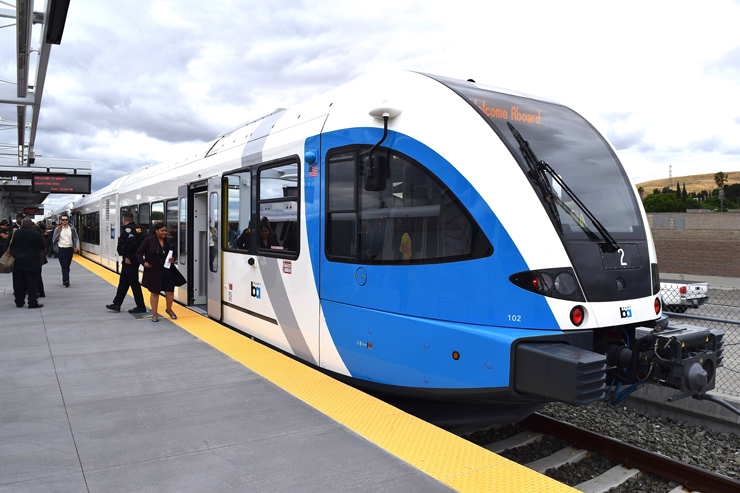
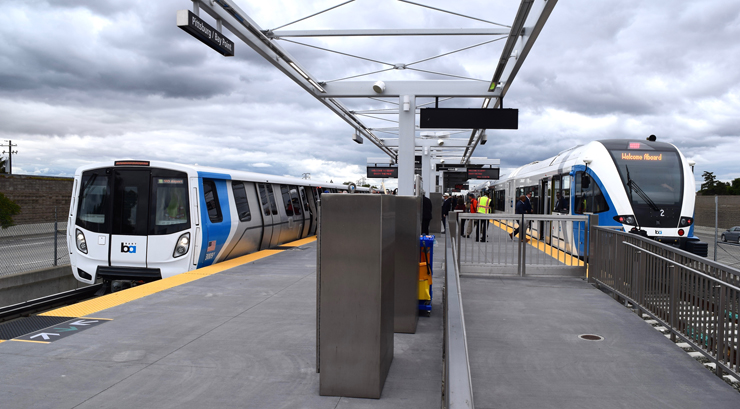

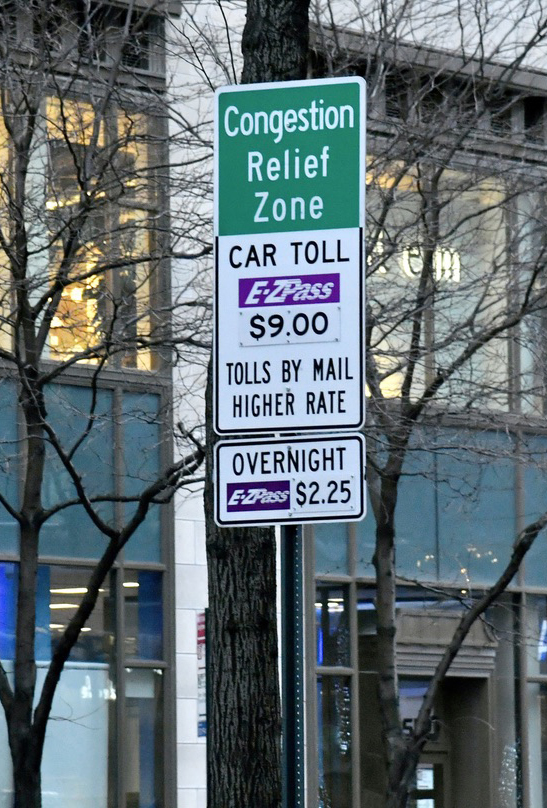
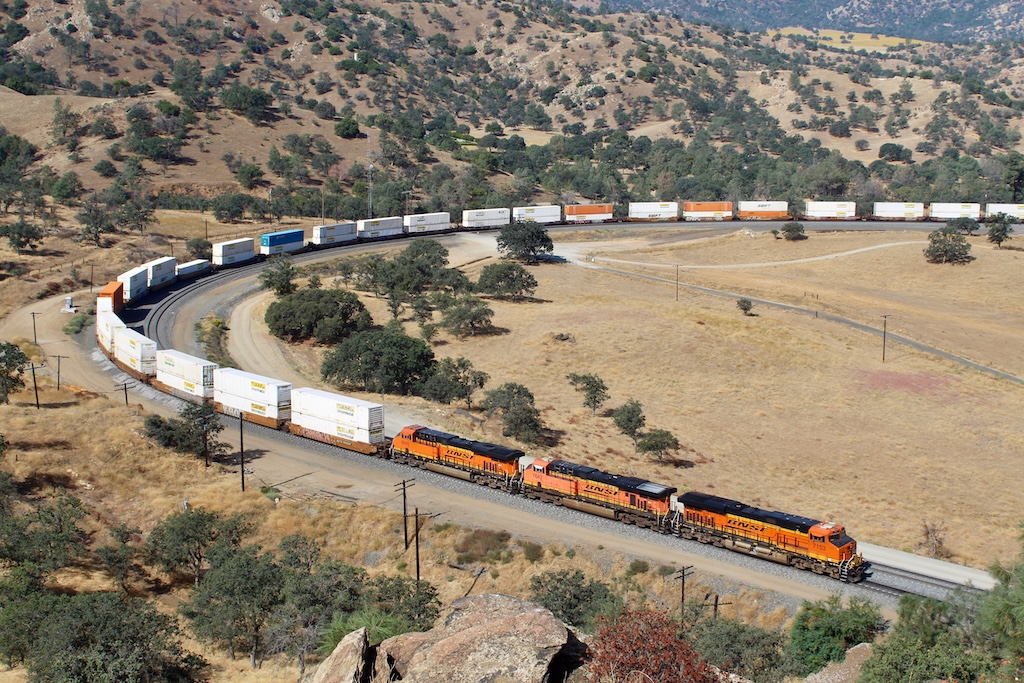
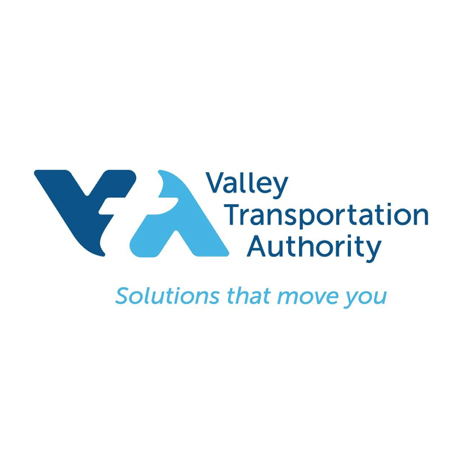
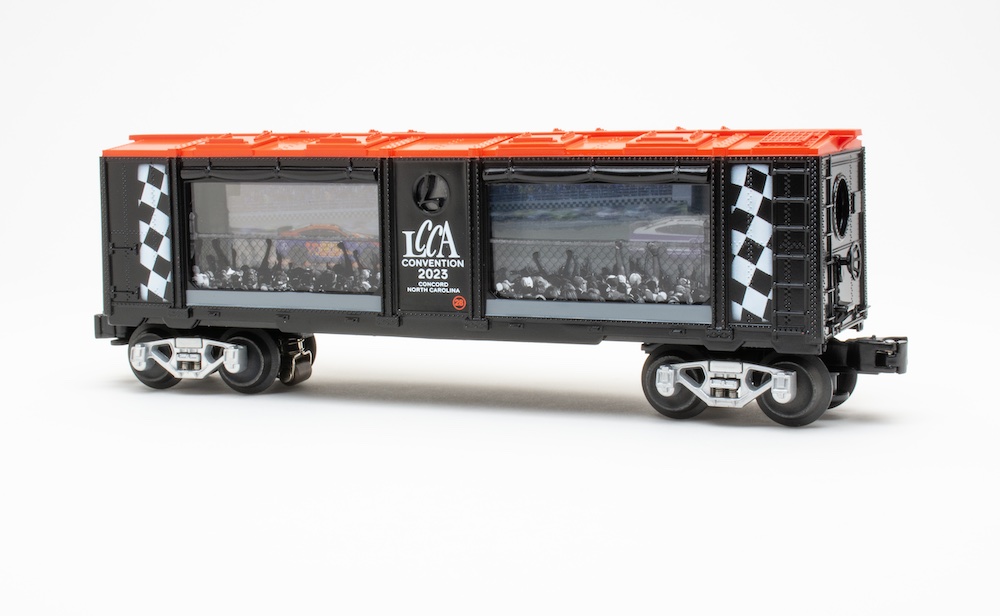




The Warm Springs to San Jose extension is already under construction, the first segment to Berryessa is now estimated to open up early in 2019, the second section from Berryessa to San Jose/Santa Clara is in the design phase right now with potential construction beginning in either 2019 or 2020.
Conversion to dual-gauge, as Mr. Aten seems to be saying, would be expensive and tricky, even if the right-of-way were wide enough. To add another rail would mean replacing all the ties, new substation(s), new power feeder cables, and new signals. Plus new storage tracks in Antioch.
If they rebuilt this new line to broad gauge, they would also have to install a junction switch at Pittsburg. So the statement in the story by the BART spokesperson that the line could be converted in the future seems rather odd. In a previous story it was stated that this line could be extended beyond Antioch.
These Stadler (Swiss) DMU railcars seem to be catching on. No wonder Stadler has opened a new factory and sales office in Salt Lake City.
Yes, you have to change trains when using this new service, because it’s standard-gauge and has no 3rd rail.
As I read it, they could, in time, convert this line to standard BART cars, since the guages of the two systems are different. Add a track, and the powered “3rd” rail, and then standard BART cars could be used.
Charles, that will the case: a cross platform transfer.
Reads too much like a press release. What are they saying, that all trips will require a change at Pittsburg?
This is what I like to see . We in the UK are fed up of traffic jams and have a very intesive train service. Yet all the time rail is increasing in the USA. The townwhere I onced lived Marks miss is now back on the map. Just keep rolling